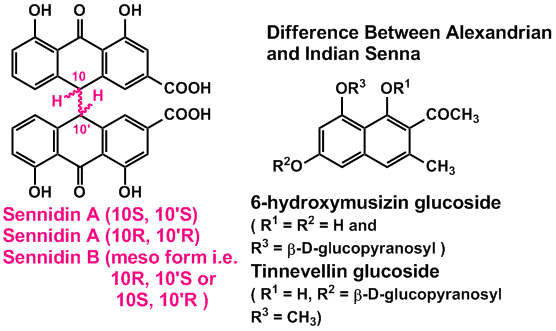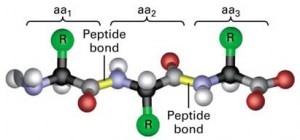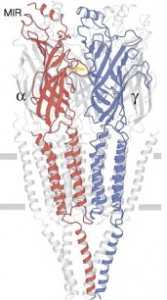Introduction of Drug:
Senna is a commonly found medication traditionally used by Arabian physicians primarily as a cathartic. The Arabic word ‘senna’ and the Hebrew word ‘Cassia’ meaning “peeled back” (with reference to its peelable bark) together gave this plant its name. The laxative effect exerted by senna is mainly attributed to the anthraquinones which includes dianthrone glycosides, sennosides A and B, sennosides C and D. The laxative effect is exerted by acting on the lower bowel and thereby increasing the peristaltic movements of the colon by irritating the colonic mucosa. Senna is suggested as a “stimulant laxative” during pregnancy and lactation.
Senna leaves
| Biological Source | Dried leaflets of Cassia senna (Cassia acutifolia) also known commercially as Alexandrian senna or khartoum senna and Cassia angustifolia, which is commercially known as Tinnevelly senna or Indian senna. Should not be confused with Cassia which is a common name for cinnamon. |
| Family | Leguminosae |
| Geographical Source | Cassia senna is aborigine of tropical Africa and Sudan while Cassia angustifolia is native to Arabia, Somalia, Sind and the Punjab (parts of India) |
| Morphology/Macroscopical Characters |
|
| Microscopic Characters |
|
| Chemistry | Senna contains the following:
|
| Chemical Tests | Difference between Alexandrian and Indian senna (Tinnevelly Senna)
|
| Adulterants/Allied drugs/ Substitutes | Allied drugs:
Substitutes and Adulterants
|
| Uses | Senna is a useful laxative for either occasional use or habitual constipation. It is a popular laxative specially amongst the elderly and is devoid of the astringent after effects as observed in Rhubarb. It is reviewed to be useful during pregnancy and lactation. |
| Other Notes (life cycle, extraction etc.) | – |
| Adverse Reactions | Senna at times may cause little abdominal discomfort like cramping. Prolonged use can cause ‘laxative dependency syndrome’ resulting in poor bowel movement without the presence of a laxative and it also may cause alteration of electrolytes. Also overuse may result in colon pigmentation and reversible finger clubbing (enlarged finger ends and toe ends). |
References:
- Trease and Evans’ Pharmacognosy, 16e (Evans, Trease and Evans Pharmacognosy)
Elsevier: New York, 2009. - Ara DerMarderosian, et. al. The Review of Natural Products 4th Edition.
- Kokate, C. K.; Gokhale, S. B.; Purohit, A. P. A textbook of Pharmacognosy, 29th ed.; Nirali Prakashan: Pune, 2009.





It’s very helpful
studied B.pharm at Mohammad Ali Jauhar university (Rampur).
It’s very helpful site for the pharmacy student.so i would like to say thank
you.